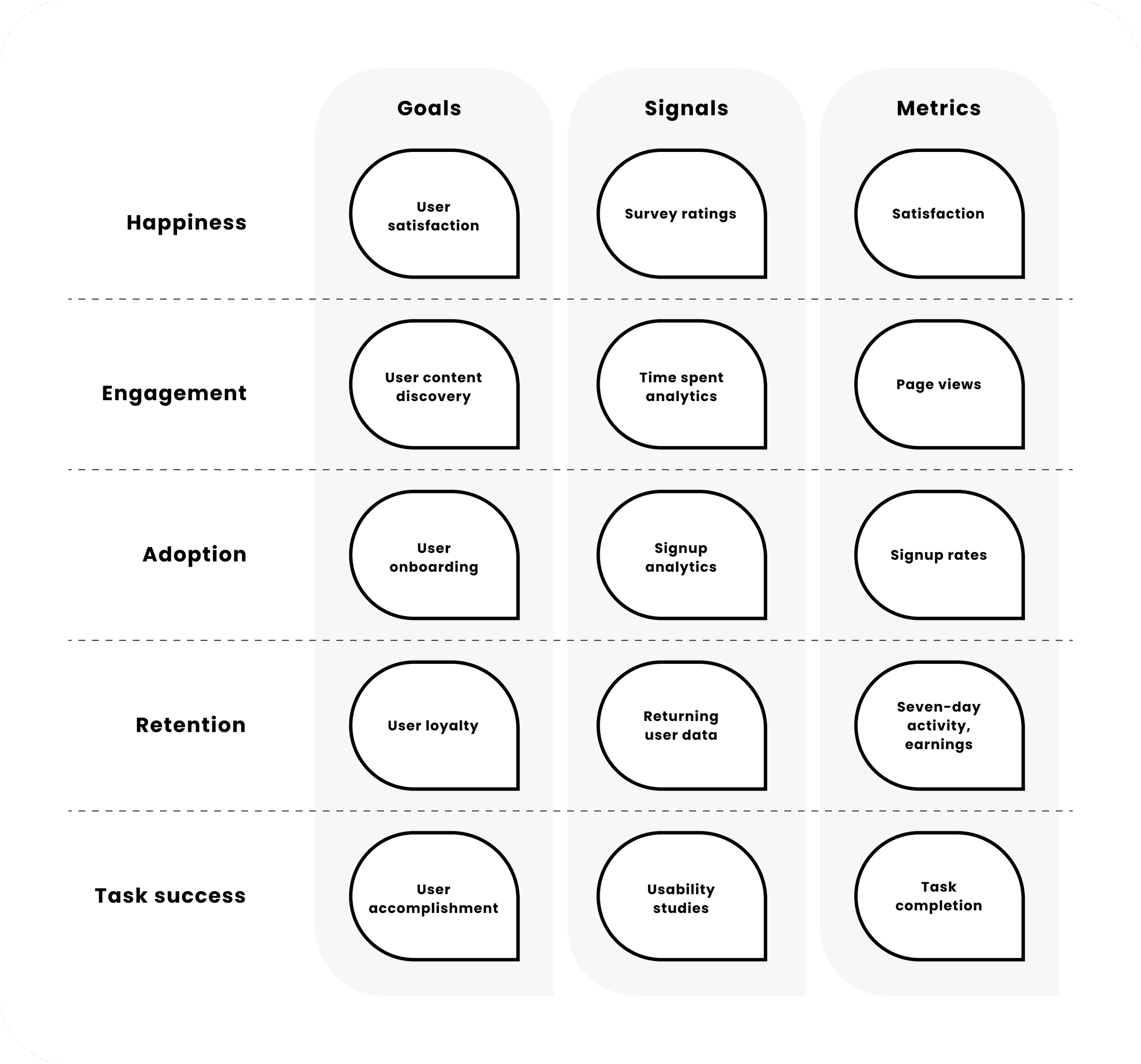UX Laws
“The compilation of a person’s feelings, thoughts, and actions as they interact with a product, company, or service.“ - Neilsen Norman Group
These are guides and principles formulated by scientists and pioneers of user experience for product usability. These psychology heuristics provide directional guidance for commonly faced product design challenges. I have reworked documentation found on www.uxlaws.com for my own personal use. Feel free to download, share, and use as you wish.
Jakob’s 10 usability heuristics
10 general principles for interaction design.
System usability score (SUS)
A SUS is a quick and cost effective way to assess how usable a product is from the user’s perspective. This scoring system is great way to help communicate the usability of a product to stakeholders and justify design changes.
It’s important to understand that SUS is not suppose to be used to diagnose specific usability problems and you can implement it at various stages of product development. I always recommend generating a SUS report after introducing significant product changes.
A SUS score should be based on a minimum of 5 users.
Questions
A SUS is based off of 10 questions that alternate between positive and negative statements. The odd numbered questions are positive and the even questions are negative. This is done prevent users from cheating by selecting the same score for all answers and to counteract users natural tendencies to agree with statements rather than disagree with them.
Theses users need to answer each question with a value from 1 (strongly disagree) to 5 (strongly agree). They should be able to complete the survey within 1-2 minutes.
Questionnaire:
I think that I would like to use this product frequently.
I found the product unnecessarily complex.
I thought the product was easy to use.
I think I would need the support of a technical person to be able to use the product.
I found the various functions in this product were well integrated.
I thought there was too much inconsistency in this product.
I would imagine that most people would learn to use this product very quickly.
I found the product very cumbersome to use.
I felt very confident using the product.
I needed to learn a lot of things before I could get going with this product.
Scoring
Each questions score contribution ranges from 0-4. For positively worded statements, subtract 1 from the user response. For negatively worded statements, subtract the user responses from 5. Sum all scores and then multiply by 2.5 to convert the original scores to 0-100.
Results
Scores about 68 indicate good perceived ease-of-use while scores below 68 suggest issues with the products usability.
Product Design Quality
Product design quality is the focus of optimizing your products engagement, craft, user needs, and business needs. Whether you are a Chief Design Officer, Associate Design Manager, or a Product Designer your objective is to balance these 4 components.
Engagement
Usability, flow, conversion, input mechanisms, accessibility and other forms of engagement as humans and machines interact with one another.
Craft
Appropriate levels of time and attention given to visuals, copy, branding, and delight according to the product and company’s established constraints such as budget, appetite, target audience, etc. Craft is also the first and last mile of design and content. The first mile is where you create a rough outline for solving the problem. The last mile is where you provide adequate time for refinement and polish.
User needs
The purpose for your product and company’s existence.
Business needs
Solving the user needs in context to profitability.
Heart framework
Google’s Heart framework helps answer the classic product design question for what needs to be measured to validate a design. HEART stands for happiness, engagement, adoption, retention, and task success.
UX Audit
It’s easy to loose track of your products UX compliance in today’s fast paced and very agile work environments. UX audits are a great way to ensure you and your team are regularly evaluating where improvements are needed.
3 COMMON UX AUDIT COMPONENTS:
#1 - User Research and Product Discovery
Gather insights from real users about their experiences, pain points, and preferences. This can be done by conducting user interviews, collecting quantitative data on user satisfaction and usability issues from surveys, etc.
Resources:
#2 - Heuristic evaluation
Use established design principles to evaluate and determine usability issues. This doesn’t require user testing directly. Rather, it is used to form a list of problems and their severity as a foundation for further user testing or direct redesign efforts.
Resource:
#3 - Usability Testing
Usability testing can include task-based observations or accessibility testing.
Resources:
Design systems
A collaborative approach to defining components and their features. Aligning designers, developers, and maintainers around a component's purpose is the key to delivering consistency, scale, and delivering new features to users quickly.



